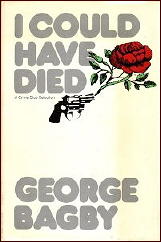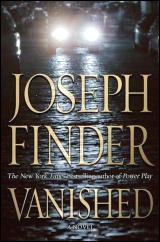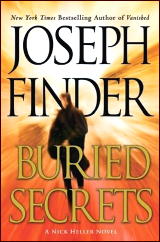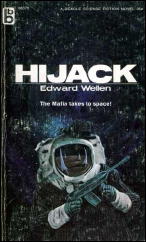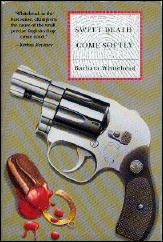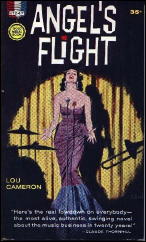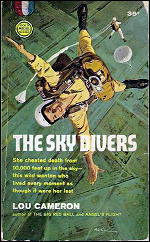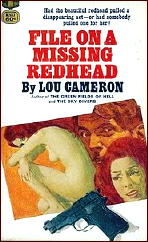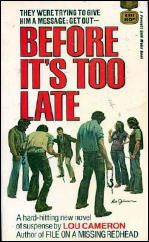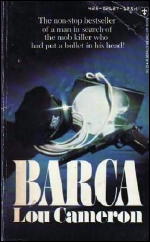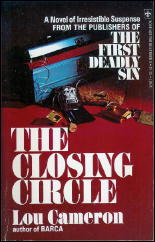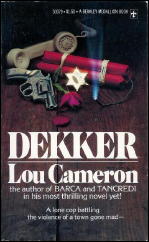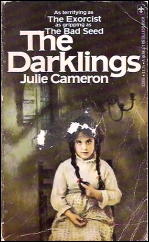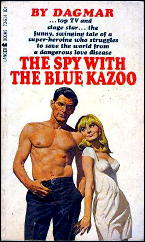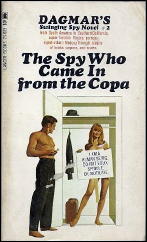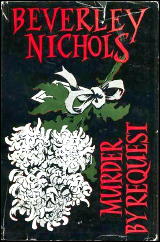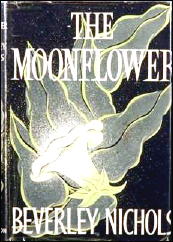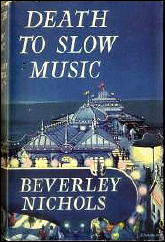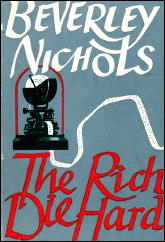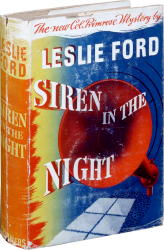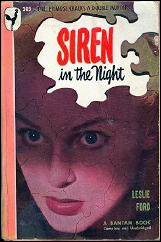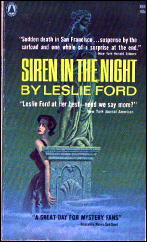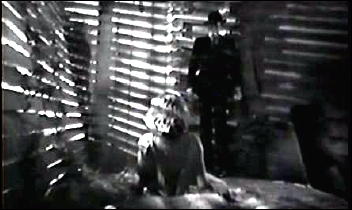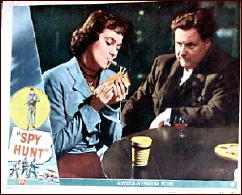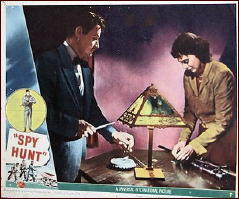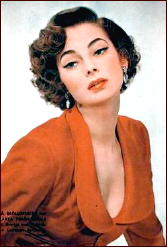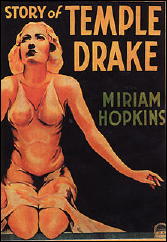
THE STORY OF TEMPLE DRAKE. Paramount Pictures, 1933. Miriam Hopkins, William Gargan, Jack La Rue, Florence Eldridge, Sir Guy Standing, Irving Pichel. Based on the novel Sanctuary, by William Faulkner. Director: Stephen Roberts.
I don’t know about you, but I like to know as little about a movie before watching it as I can. Most of the time you can’t help but knowing something about a movie – you’ve read a review, somebody’s recommended to you, or it was based on a story or a character you’ve already read or heard about it.
None of the above this time. It came in a white envelope along with 20 or so others I’d bought from a dealer specializing in classic (old) detective and crime noir films, and that’s all. I didn’t know what year it was made, who was in it, that it was based on a William Faulkner novel, and if I’d have known that it was Sanctuary, it wouldn’t have made any difference to me, since that’s a novel I’ve never read.
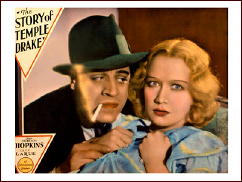
But here’s the shameful truth. William Faulkner and I had a bad experience together back in high school English class. It wasn’t his fault. Silas Marner and Pip and all their adventures had the same problem. If they wanted me to read it, I wasn’t interested. All I wanted to do was to use determinants to solve systems of three or more simultaneous linear equations.
Miriam Hopkins is the star. She’s the one who plays Temple Drake, the spoiled granddaughter of the town judge, a southern belle whom in high school we’d have called a – well I won’t say the word, but her dates always seem to end with the male half panting and wanting more.

She has an evil streak in her, she admits to Stephen Benbow (William Gargan) who has been in love with her for a long time and has asked her to marry him, but as many times as he has asked, she has turned him down. By profession, Bendow is a local attorney whom the judge calls upon to defend penniless clients in his jurisdiction.
I’ll make this shorter, perhaps. Temple Drake, on yet another date gone bad, is kidnapped by a local gang of bootleggers hanging out in a decaying Southern mansion, and in doing do, catches the eye of the Trigger (the vicious and malevolently evil-looking Jack La Rue), head of the gang.
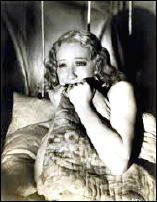
She witnesses the cold-blooded murder of the young lad guarding her at night, is raped by Trigger (a scene not seen but oh so strongly suggested), and forced into a privileged life of prostitution (again only suggested but everyone in the audience knows exactly what is going on).
There is more to come, but the purpose of a review is not to tell the whole story, but to give you a sense of the story, if you should so want one (see above), and the fact that Benbow is a public defender is important. The concluding trial scene is as tense and moving as anything I’ve seen in a movie in quite a long while.
It’s also a movie that should be much better known than it is, and perhaps it will be soon. If I’ve intrigued you enough – if you’ve read this review all the way to here – for now, the only way you can watch this film is from one of those online dealers that sell old movies in white envelopes with only the name of the movie on them.
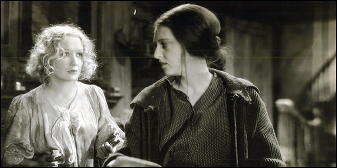
[UPDATE.] Later the same day. Since writing this review, I’ve done some browsing on the Internet, and from what I’ve read, this pre-Code movie did not last long in the theaters when it was first released. It was, rather, one of the straws that brought the Hays Office into being. I am not surprised.
Its notoriety, however, and the fascination of today’s audience for pre-Code films means that it may be more well-known than I’d thought. There’s still no official DVD release for Temple Drake, but it’s been shown recently at several film festivals that specialize in old and otherwise forgotten films such as this one, and a good print is said to exist. Thank goodness for film fanatics!
[UPDATE #2.] 03-01-11. Todd Mason has included this as one of this week’s Overlooked Films on his blog. For the others, follow this link.
Dan Stumpf’s comment about the “nightmarish feel [of] Temple’s night at the farm house” is a perfect description. Once seen, you won’t forget it. It also reminded me that I’d temporarily misplaced one of the images I meant to include. I’ll add it here:
